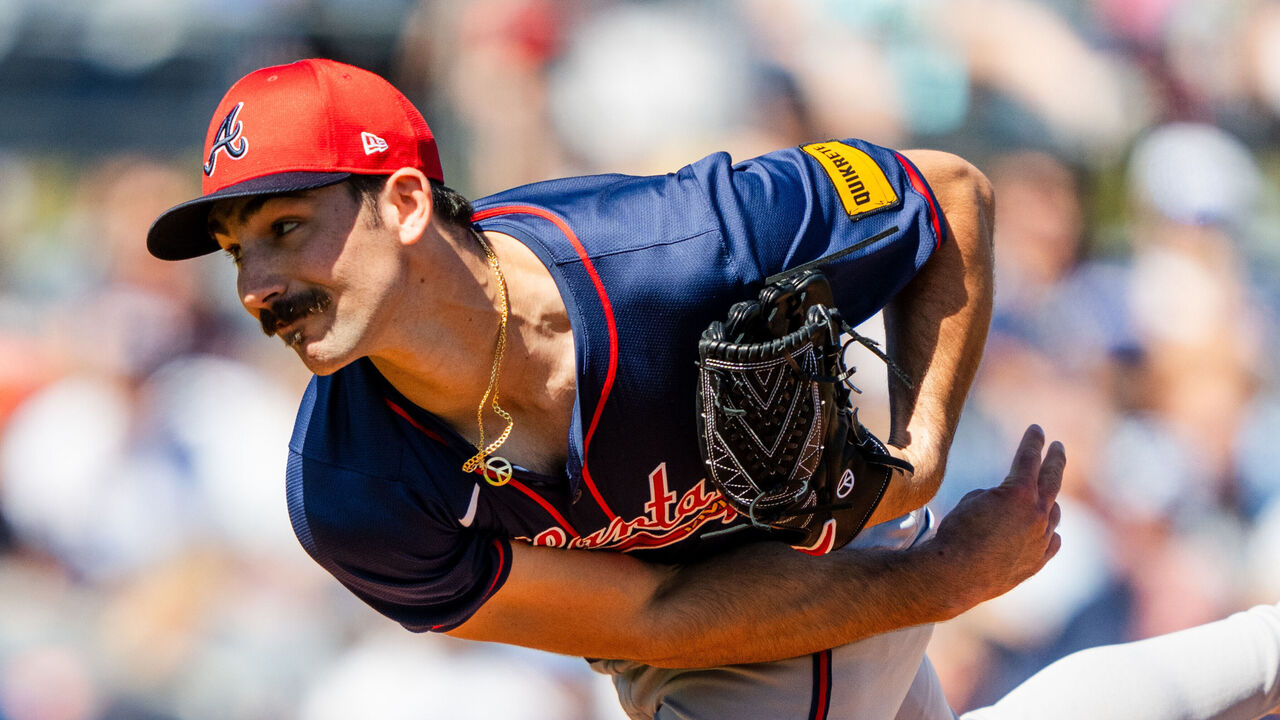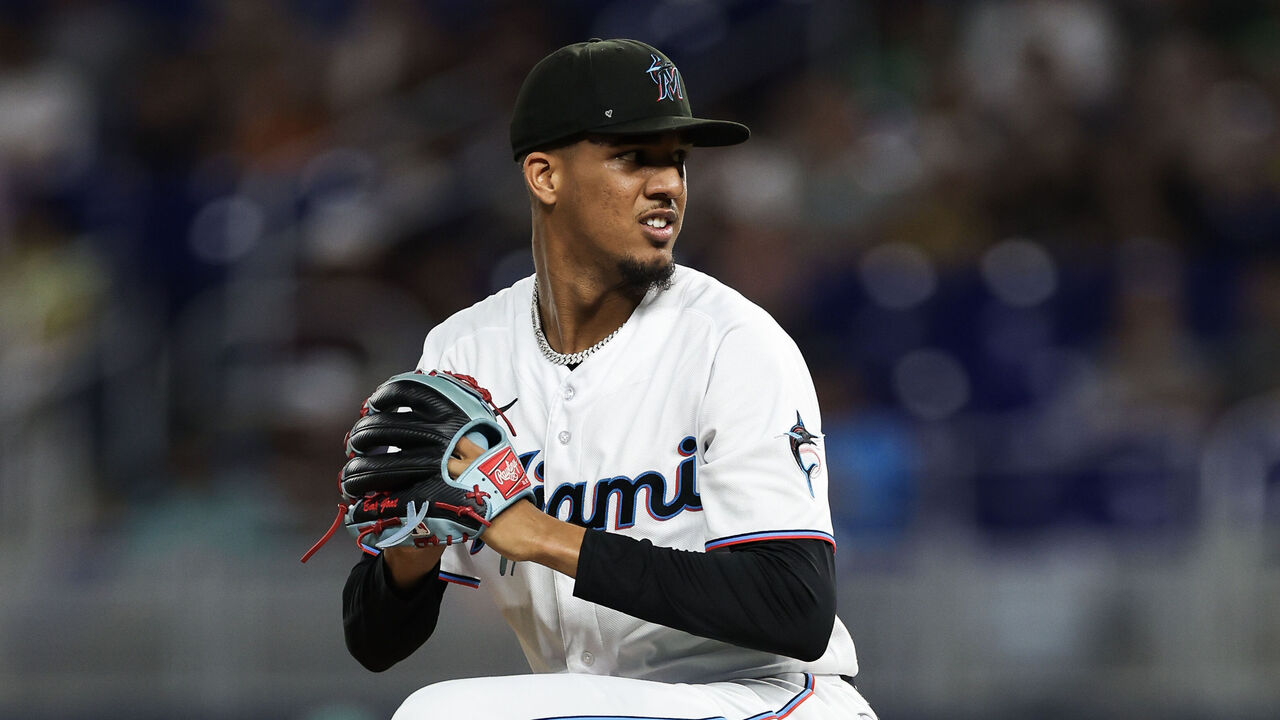There's no Tommy John surge this spring. (It's always this bad)
Saturday hit Major League Baseball with some of its worst injury news in recent memory.
That morning, the Cleveland Guardians announced pitcher Shane Bieber needed Tommy John surgery. Bieber opened the year with two terrific outings and didn't appear to be in pain, so the news came out of nowhere. He spent his offseason working on adding throwing velocity and sharpening secondary pitches.
As the Bieber news broke, the baseball world was already awaiting MRI results on the right elbow of Atlanta Braves ace Spencer Strider, who was roughed up in his Friday start, pitching with diminished velocity and citing elbow pain afterward. Late Saturday afternoon, Braves manager Brian Snitker told assembled media the MRI "wasn't good." Strider could be headed for his second Tommy John surgery.

Sunday morning, promising young Marlins starter Eury Pérez underwent Tommy John surgery, which reconstructs the UCL in a pitcher's throwing elbow. The hits kept coming Tuesday: Boston's Nick Pivetta and Washington's Josiah Gray were placed on the IL with flexor strains, and Houston's Framber Valdez hit the IL with elbow inflammation.
To many, it seems like the sky's falling on major-league pitchers and their elbows.
The usual suspects are being cited, like increased pitch velocity, often from max-effort deliveries. There's concern that year-round throwing and velocity-building programs place too much stress on arms. These issues extend down to the youth level. The Major League Baseball Players Association also released a statement outlining its concerns about the pitch clock, which debuted last year and was trimmed for this season; the PA doesn't believe the impact of reduced time between pitches has been properly studied. Some believe the policing of sticky stuff places more stress on pitchers' joints as they try to grip the ball effectively.
There certainly are more stresses in the modern game that likely contribute to injury, but the truth is that while this spring is bad for elbow injuries, it's always been this way in recent years. It's always bad.
While star-level names might make this year feel worse, this spring isn't an outlier, according to theScore's examination of Jon Roegele's Tommy John database.
Spring is when most elbow injuries occur. Through the first 100 days of 2024, nine MLB pitchers had Tommy John procedures compared to the previous decade's 6.1 average.
Elevated, yes, but there were a record 11 Tommy John surgeries involving MLB arms in the first 100 days of 2014 and 2021.
Further: Examine all professional pitchers and the Tommy John number is substantially lower so far.

In combining major- and minor-league arms, there have been 16 surgeries through the first 100 days compared to an average of 33.3 such surgeries during the previous 10-year period.
While there's year-to-year variance, what's also true is occurrences have increased over time.
From 2000 to 2013, there were 15.4 Tommy John surgeries in the first 100 days among all pro pitchers and 3.6 for major-league arms. In the 1990s, there were even fewer, and there were hardly any such procedures before MRIs became common imaging tools in the late 1980s.
There's no doubt more pressure is accumulating on elbows over time - that's just the physics of throwing velocity. But there doesn't appear to be a notable surge this year, and that's with new factors like the pitch clock.
Perhaps it'll get worse this year; it's only April. But what doesn't seem to be changing is the incentive to throw harder.
The math's simple: MLB batters hit .275 against fastballs thrown between 90 and 93 mph last season. Against fastballs 96 mph and up: .234.
A pitcher needs a mid-90s fastball to be drafted early. Dominating professional hitters generally begins with a high-velocity fastball. It's difficult to see that changing, and to know what to do about it - if anything.
Injuries are bad. It feels worse this year. But the truth is this spring isn't an outlier. It's simply more of the same.
Travis Sawchik is theScore's senior baseball writer.
HEADLINES
- Redick: Luka 'vomiting all afternoon' ahead of Game 3 loss to Wolves
- Skenes strikes out 9, wins duel with Yamamoto in Pirates' victory over Dodgers
- Oilers score 10 seconds after Kings' failed challenge for Game 3 winner
- Wolves top Lakers in Game 3 to take series lead
- Running analysis of Round 1 of the Stanley Cup Playoffs